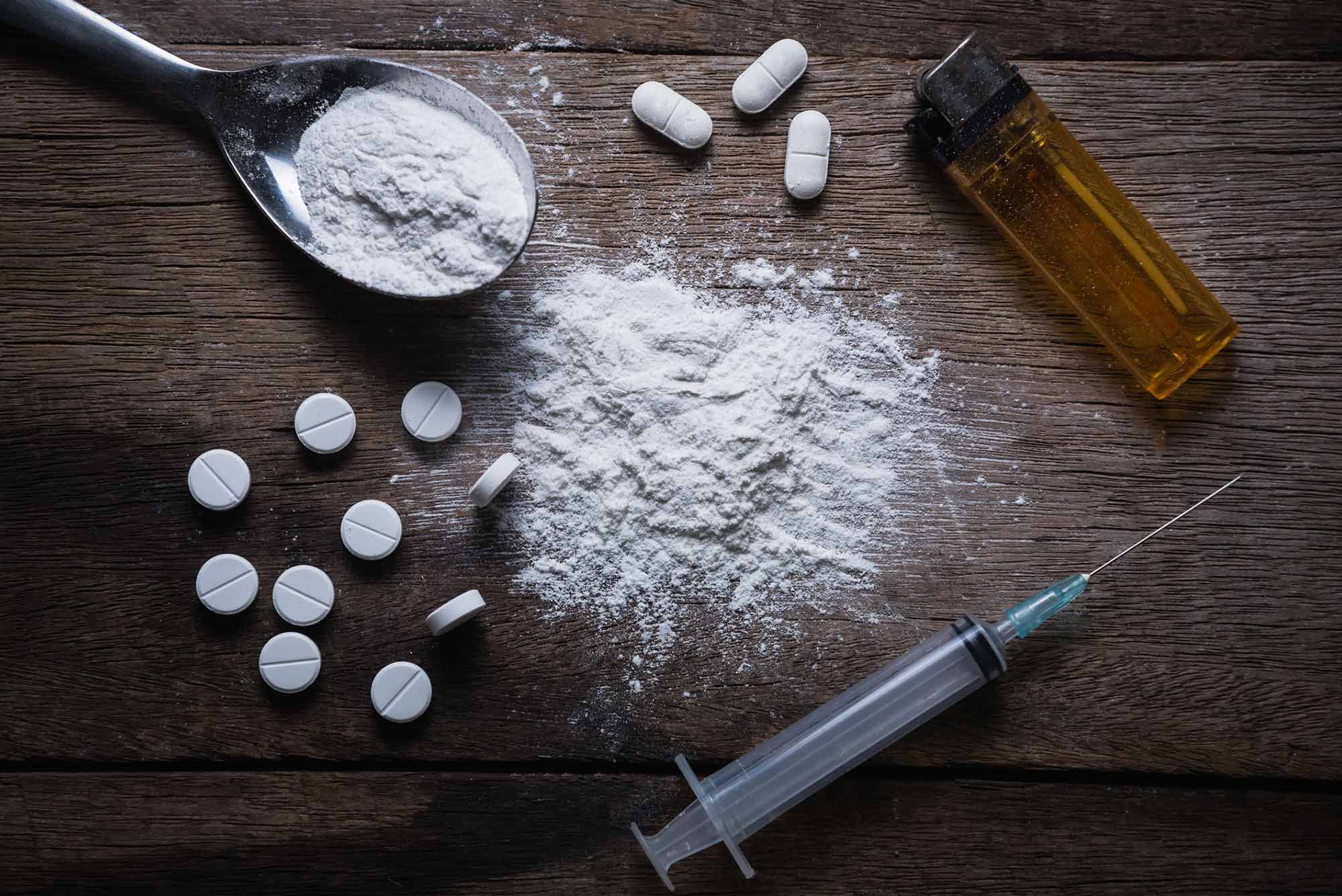In today’s digital age, access to explicit adult content has become easier than ever before. While many adults engage in occasional consumption of pornography without experiencing adverse effects, there is a growing concern about the potential link between excessive porn consumption and erectile dysfunction (ED). This phenomenon is commonly referred to as Porn-Induced Erectile Dysfunction (PIED). In this blog, we will delve into the world of PIED, exploring its causes, symptoms, and strategies for overcoming it.
What is Porn-Induced Erectile Dysfunction?
Porn-Induced Erectile Dysfunction (PIED) is a condition where individuals, usually men, find it challenging to achieve or maintain an erection during sexual activities with a real-life partner, despite having no issues when viewing pornography. It is important to note that PIED is a relatively new concept and is still under investigation, but it has garnered significant attention due to the increasing prevalence of excessive pornography consumption.
The Role of Pornography in PIED
Excessive Dopamine Release: One key factor in PIED is the way pornography affects the brain’s reward system. When exposed to explicit content, the brain releases dopamine, a neurotransmitter associated with pleasure and reward. Over time, frequent exposure to high levels of dopamine can lead to desensitization, making it harder for the brain to respond to real-life sexual stimuli.
Unrealistic Expectations: Pornography often portrays sexual encounters that are far from reality in terms of duration, size, and performance. This can lead to unrealistic expectations in real-life sexual situations, causing anxiety and stress, which are detrimental to sexual performance.
Signs and Symptoms of PIED
Difficulty Achieving or Maintaining Erections: The primary symptom of PIED is the inability to achieve or sustain an erection sufficient for sexual intercourse with a partner. Individuals may notice that they can achieve an erection when watching porn but struggle when engaging in sexual activities with a real partner.
Decreased Libido: PIED may also lead to a reduced interest in sexual activities with a partner, as individuals may become more reliant on pornography for sexual satisfaction.
Performance Anxiety: Excessive pornography consumption can lead to performance anxiety during sexual encounters with a partner, further exacerbating ED.
Factors Contributing to PIED
Frequency and Intensity of Pornography Use: The more often and intensely someone consumes pornography, the higher the risk of developing PIED. Frequent exposure to explicit content can lead to desensitization, making it difficult to respond to real-life sexual stimuli.
Age of Exposure: Early exposure to pornography during adolescence may increase the risk of developing PIED, as the brain is still developing and more susceptible to the effects of intense stimulation.
Individual Vulnerabilities: Some individuals may be more susceptible to PIED due to their unique brain chemistry, psychological factors, or pre-existing sexual health issues.
How to Overcome Porn-Induced Erectile Dysfunction
Acknowledge the Issue: The first step in overcoming PIED is acknowledging the problem. Denial can hinder progress, so be honest with yourself about the relationship between your pornography consumption and your sexual difficulties.
Reduce or Eliminate Pornography Consumption: To reverse the effects of PIED, it is crucial to reduce or eliminate pornography consumption. This may be challenging, as some individuals may experience withdrawal symptoms similar to addiction. Seeking support from a therapist or support group can be beneficial during this process.
Reboot Period: A “reboot” is a period during which an individual abstains from pornography and sexual activities to allow the brain to reset its response to sexual stimuli. This may take several weeks or even months and should be done under the guidance of a healthcare professional.
Healthy Lifestyle Changes: Adopting a healthy lifestyle can improve sexual function. Regular exercise, a balanced diet, adequate sleep, and stress management can all contribute to better sexual health.
Counseling and Therapy: Seeking therapy or counseling can be highly beneficial for individuals struggling with PIED. A therapist can help address underlying psychological issues, anxiety, and self-esteem problems that may contribute to the condition.
Medication: In some cases, a healthcare provider may recommend medication to address ED symptoms temporarily. Medication should be used under medical supervision and as part of a comprehensive treatment plan.
Prevention and Long-Term Strategies
Educate and Raise Awareness: Education about the potential risks of excessive pornography consumption, especially during adolescence, is crucial. Teaching individuals about healthy sexual relationships and expectations can help prevent PIED.
Communication: Open and honest communication with partners about sexual preferences, desires, and concerns is essential. This can reduce anxiety and create a more supportive and understanding environment.
Moderation and Balance: For those who choose to continue consuming pornography, moderation is key. Balancing explicit content with real-life intimacy and maintaining realistic expectations can help prevent PIED.
Seeking Professional Help
If you suspect you have PIED or are experiencing symptoms of ED related to pornography consumption, it is crucial to seek professional help. A healthcare provider or therapist can provide a tailored treatment plan and offer support throughout the recovery process.
Conclusion
Porn-Induced Erectile Dysfunction is a complex issue, and its full impact is still being studied. However, it’s essential to recognize that excessive pornography consumption can have real and detrimental effects on one’s sexual health. If you or someone you know is struggling with PIED, seeking help and making positive changes to reduce or eliminate pornography consumption can lead to improved sexual function and overall well-being. Remember that recovery is possible, and it often involves a combination of lifestyle changes, therapy, and professional guidance.











